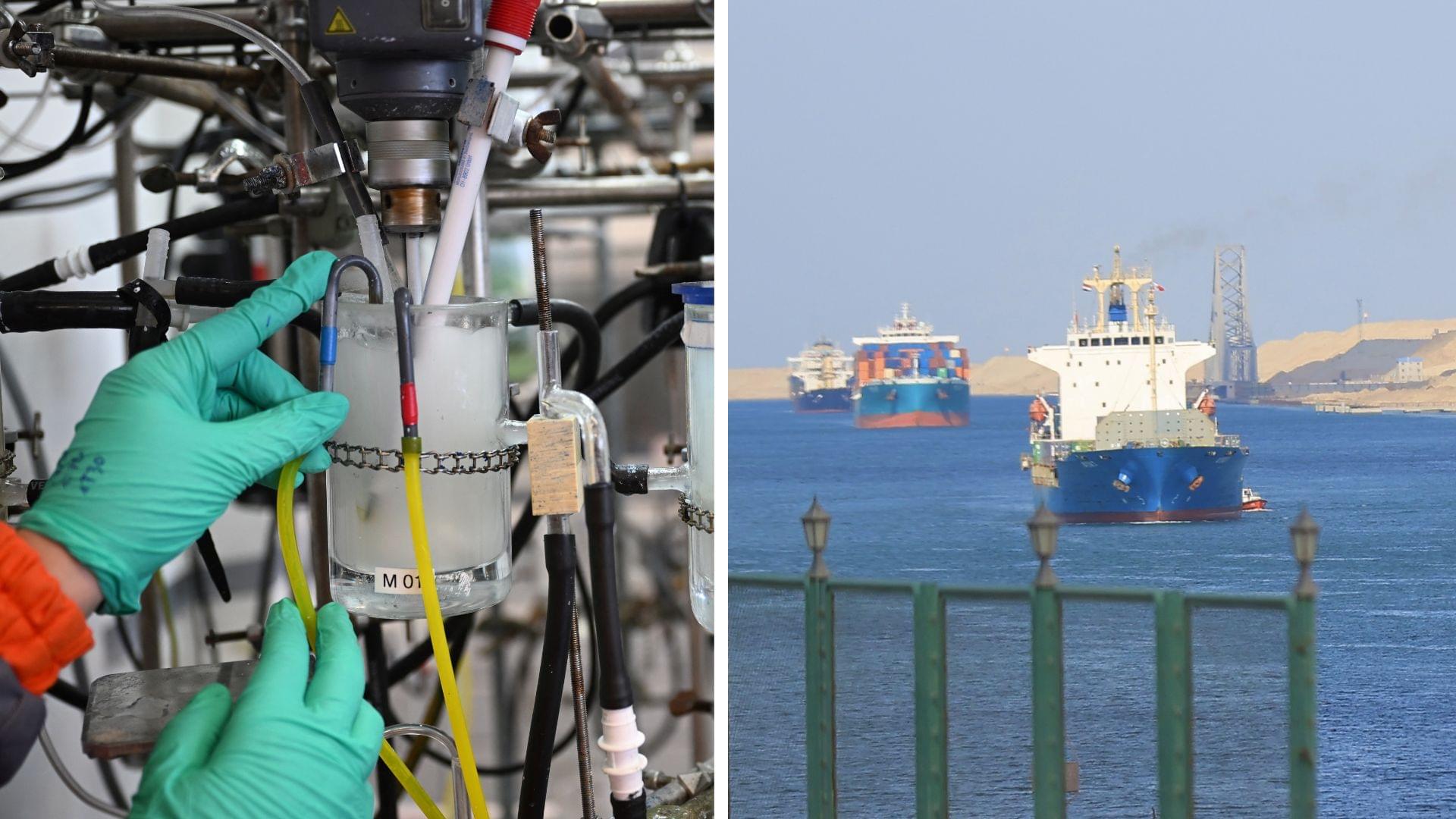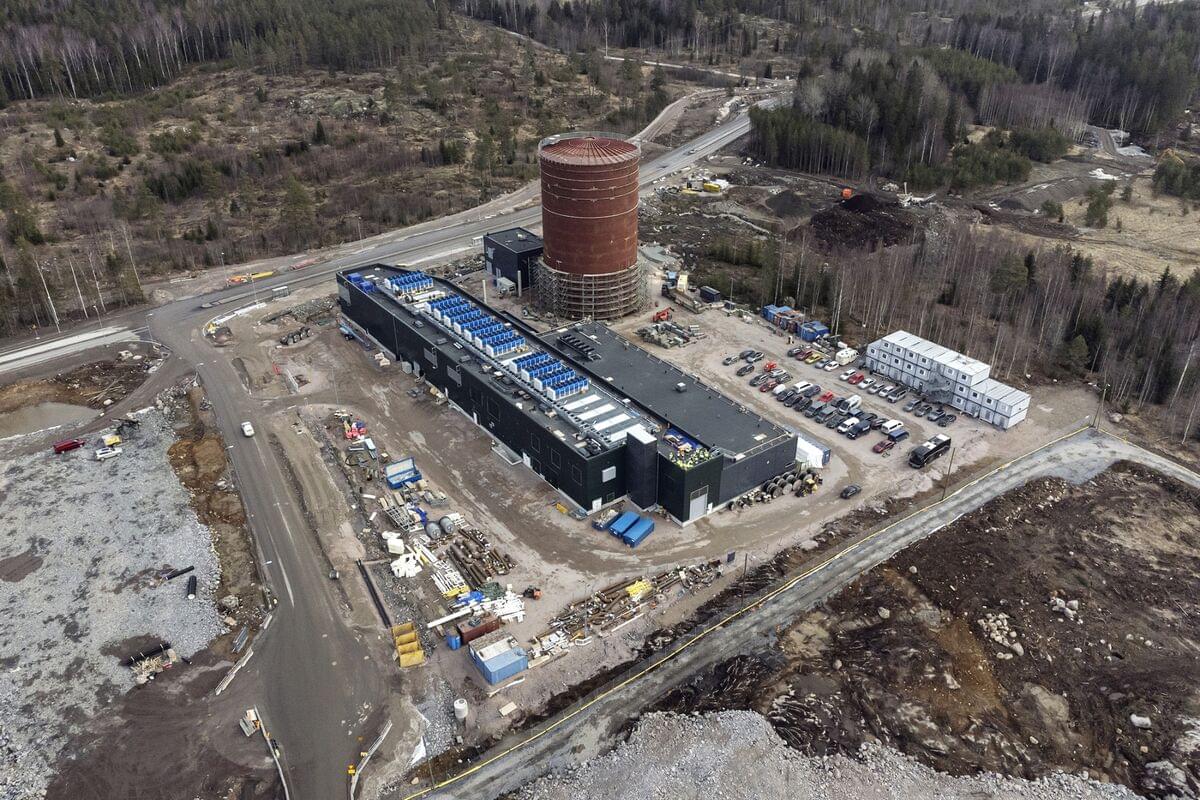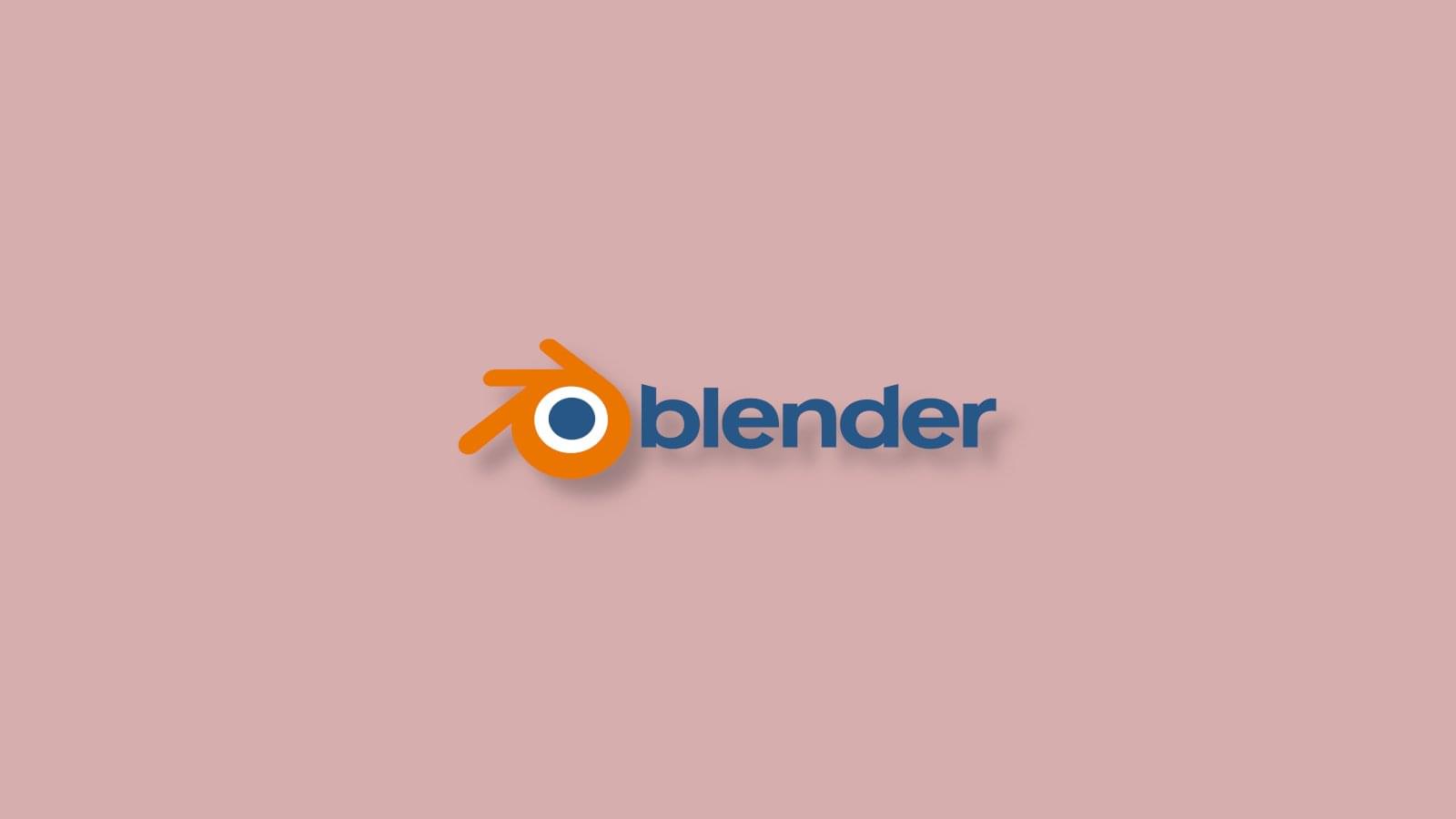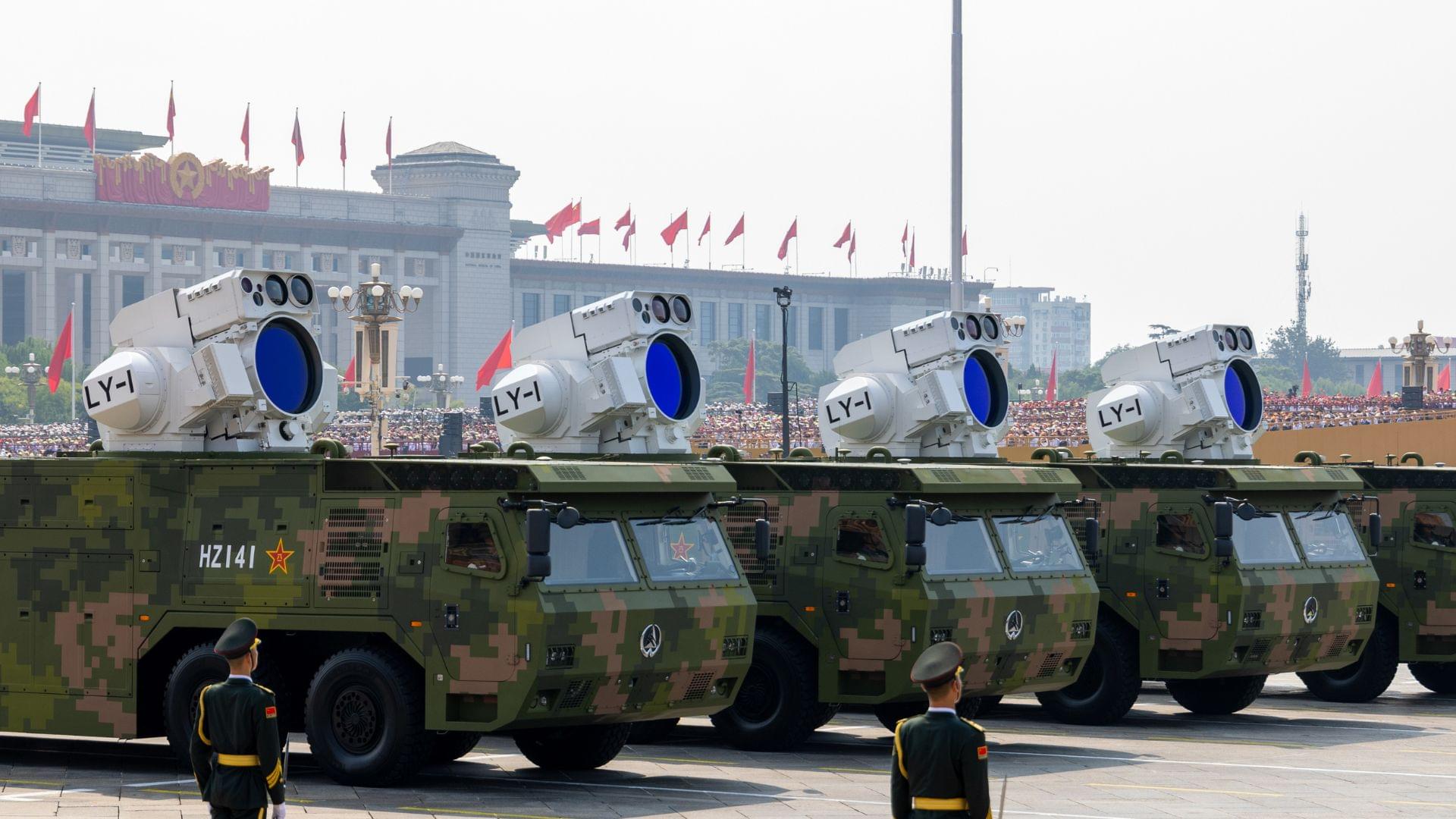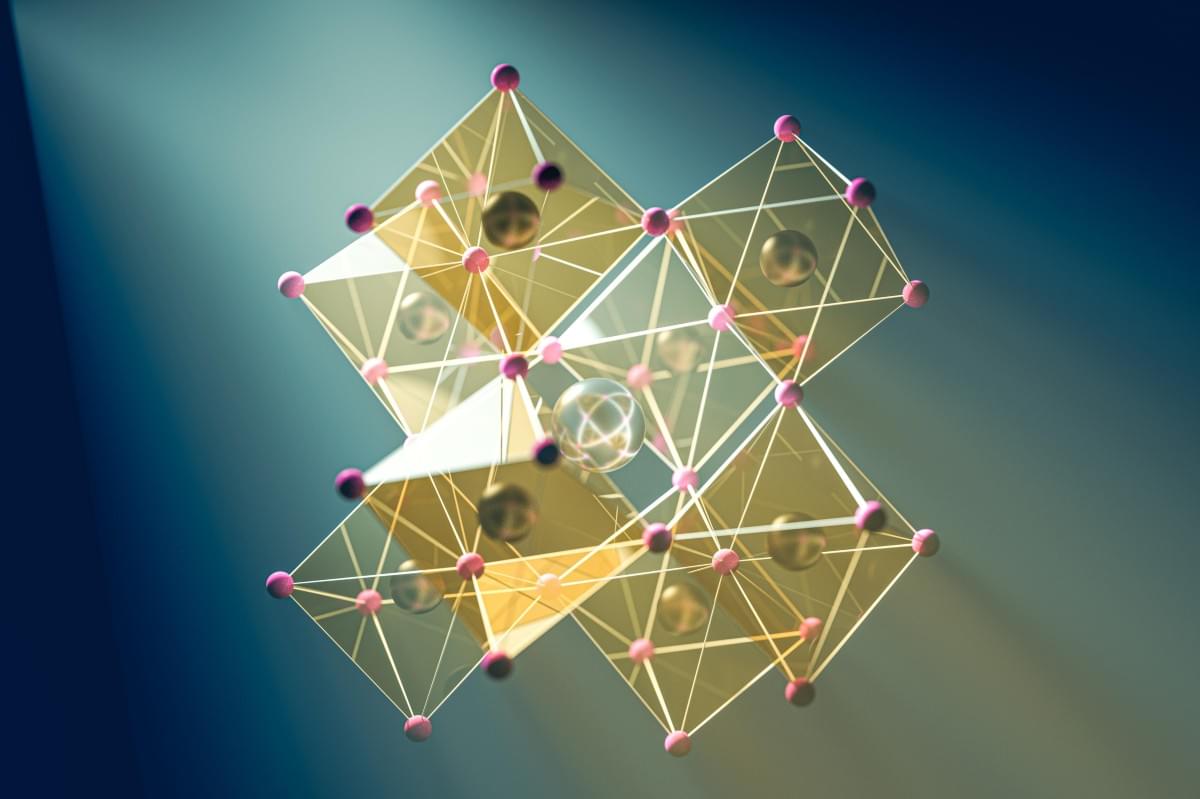“No one has showcased that ammonia can be used to power things at the scale of ships and trucks like us,” said CEO Seonghoon Woo, who founded the company with Hyunho Kim, Jongwon Choi, and Young Suk Jo. “We’ve demonstrated this approach works and is scalable.”
The company is targeting power-hungry industries like maritime shipping, power generation, construction, and mining for its early systems as the power density advantages of ammonia over renewables and batteries.
With a manufacturing contract secured with Samsung Heavy Industries, Amogy is set to start delivering more of its systems to customers next year. The company will deploy a 1-megawatt ammonia-to-power pilot project with the South Korean city of Pohang in 2026, with plans to scale up to 40 megawatts at that site by 2028 or 2029, according to a press release.
